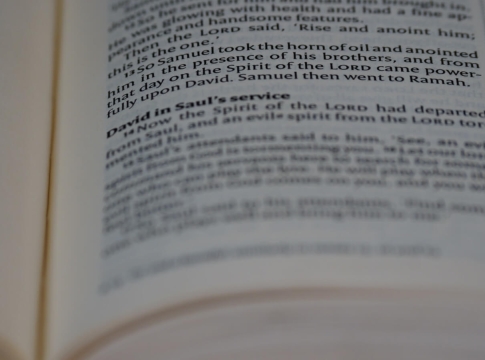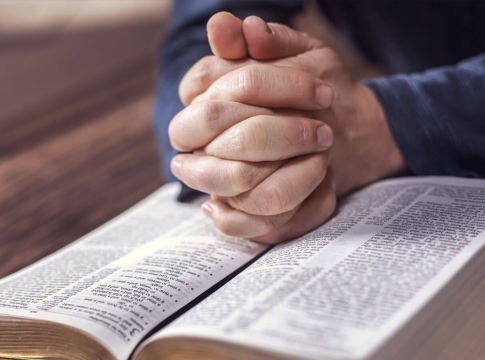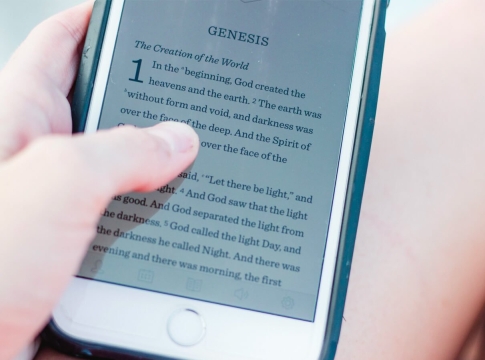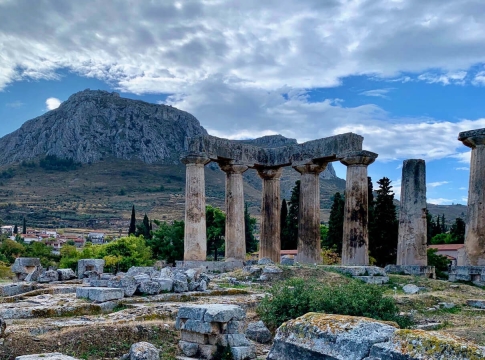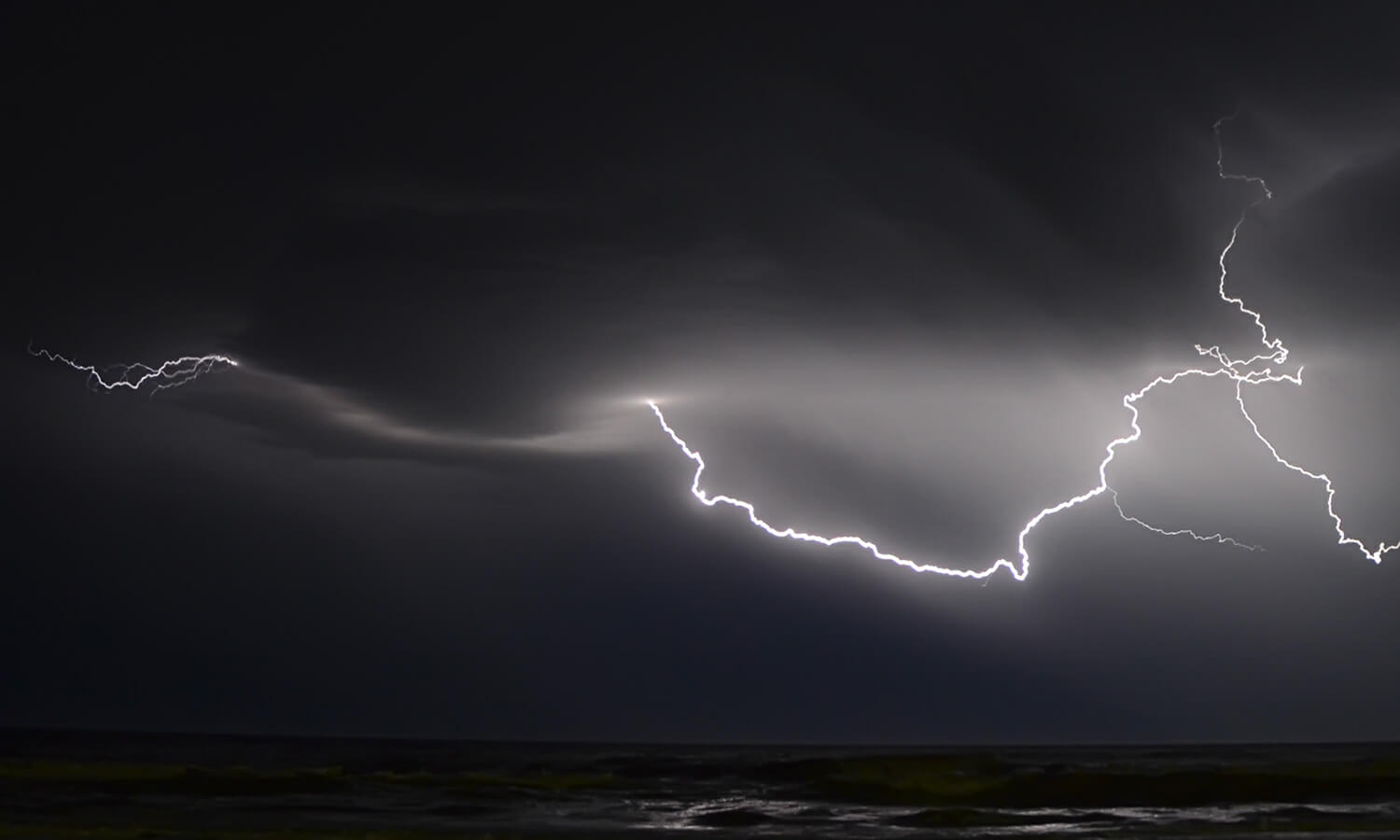
With its rich imagery, the book of Revelation can be intimidating and difficult to read. John, however, intends to bless the reader, not to perplex them (Revelation 1:3). Reading Revelation, then, ought to be a blessing! Revelation, which is frequently based on visions from the Old Testament, describes a variety of things and people using metaphors and pictures. These images convey lessons that are relevant throughout the entire church era, from the ascension of Jesus Christ to His second coming at the end of time.
Seven churches in Revelation
Revelation 1:4-6 describes Revelation as a letter. It is directed toward seven churches in the Asia province. However, the number of churches exceeded seven. These seven therefore stand for the church throughout history. [Seven is a symbolic number]. A large portion of Revelation portrays what the church will look like and go through until Christ returns, giving us a proper anticipation of what life will be like for Christians and the church in the here and now.
The seven churches—five of which have flaws to varied degrees—are discussed in Chapters 2 and 3. This provides us with an overview of the church from a human perspective.
Revelation pulls back the veil, so to speak, starting in chapter 4, allowing us to view the spiritual reality of what is taking place in the churches. As we can see in chapter 4, God is seated on His throne and ruling. Considering what John is about to disclose later, this is a huge comfort. While chapter 4 and chapter 5 are similar, chapter 5 now centers on Christ and how He has rescued His people.
Sequences of sevens
The rest of the book is mainly structured around sequences of “sevens”: seven seals in 6:1-8:1; seven trumpets in 8:2-11:18; seven plagues in 15:1-8; seven bowls in 16:1-21. The seven seals seal a scroll. Nobody is worthy to open it, apart from the Lamb who was slain (Revelation 5:5-6). The scroll represents the problem of human sin. Each seal is judgment on sin. The judgments of seals 1-4 have parallels in Mark 13:5-8. In Mark 13:7, Jesus adds the remark: “This must take place, but the end is not yet.” Therefore, the events of the seals 1-4 describe any period within the church age, not just the last days of this world. The fifth seal is about persecuted Christians. The sixth seal describes the end of the world and the final judgment.
After that, Revelation 7 is a flashback. It is merely narratively, not chronologically, what happens in chapter 6. This is evident from the fact that in Revelation 6:12–14, the events would have totally devastated the land and the sea, but in chapter 7:2–3, the angels are forbidden from causing harm to either.
A new series of seven trumpets is announced in Revelation 8 when the seventh seal is revealed. These examine the same events from a different angle than the ones that were previously discussed. For instance, judgment is brought to earth by both trumpets 1-4 and seals 1-4.
Battle between Satan and the church
Revelation 11:19–15:4 depicts the conflict between the church and Satan. The church is shown as a female (Revelation 12:13, for instance). She stands in for God’s people. The devil use political influence and false beliefs (Revelation 13:11) to forward his agenda, as demonstrated in Chapter 13. Revelation 13:2 depicts the governmental forces as horns, signifying strength. In chapters 2-3, we witness both political forces and erroneous ideologies at work in the churches. God maintains the church’s safety in spite of everything.
Destruction
Chapters 17–19 detail how God’s enemies are systematically destroyed, with the saints giving thanks to God at the end (Revelation 19:1–19:4). Satan is the final adversary to be vanquished. Revelation 20:11–15 describes the last judgment of humanity, which comes after Satan is destroyed. Believing that Jesus Christ is both Lord / King and Savior results in one’s name being recorded in “the book of life,” which is necessary for salvation from this judgment (Revelation 20:15). God finally recreates his creation after destroying all evil. He undoes the consequences of sin on creation that have existed since the fall of man, as recorded in Genesis 3. According to Revelation 21:2, God’s people will live with Christ in an ideal, pure relationship for all eternity on the new earth.
God’s sovereign rule
The central idea of Revelation is God’s omnipotent control over His church and world history (chapters 4-5). Despite the fact that Satan is still active today, God will bring about his ideal new creation and annihilate Satan and his followers. Therefore, even if the present may be difficult and involve [resistance and persecution], believers are encouraged to continue on and endure (e.g., Revelation 2:7) to their certain future.

